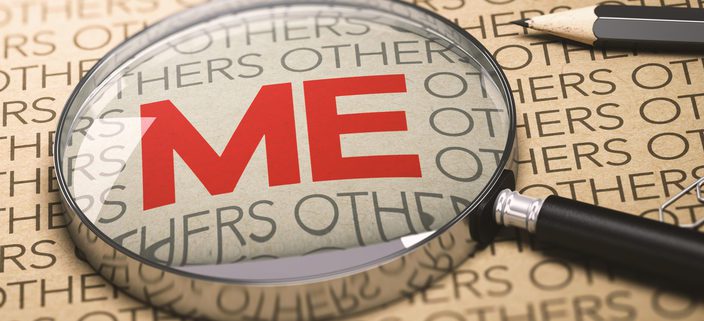Leadership – Developing Self-Awareness
Leadership can be simply defined as “motivating a group of people to act towards achieving a common goal.” What this means in practice and what it takes to be a “good” leader has been a topic of discussion for thousands of years.
As a leader, whether as a CEO or someone captaining the school football team, a good place to start is from within. As ever, Drucker has a helpful quote:
“Self-assessment is the first action requirement of leadership, the constant re-sharpening and refocusing and never being really satisfied.”
This requires a good understanding of your own innate strengths and weaknesses and how you can best use your strengths to achieve your overall purpose. But it also requires that you have really thought about what that purpose is – and the extent to which it is something you have chosen and own the outcome. As Drucker says, going back and revisiting our purpose (why) and ensuring we are focussed on achieving this (how and what), rather than sitting back and allowing it to happen, is a key requirement of a leader.
Self-awareness is more than this though. In order to provide a useful assessment of one’s own performance it needs to be put in a context. Self-awareness does this by looking at oneself from multiple perspectives, looking inwards as well as outwards. It can be thought of as developing an external image of how the people with whom the leader is interacting see them, but also by realising how the leader sees other people.
Often without recognising it, we make judgements about people which colour our conversations and actions. We attribute behaviour to perceived personality traits or to our understanding of a situation, often jumping to conclusions with a bias for or against, depending on whether or not we “like” the person.
A good leader must understand people, but must also be aware of their own internal biases and assumptions. What are the underlying assumptions that the leader has about the group in general and about specific people? Are these assumptions really based on the group or individuals or are they internal to the leader that they have carried over from previous roles, or as part of the way they see the world?
Thinking about how one reacts to others at a subconscious level, and what the underlying concerns are, may give some insight into how this will come across in verbal and physical communication. Most people have an instinctive reaction to aspects of others but have never really thought about what these criteria are.
As an exercise, try writing down the three or four criteria that you use when you first meet someone. What does this tell you about yourself? How could this impact the way that you react to different people? As a leader, does this change anything about your style or the way you assess yourself?
Calum Byers is an executive coach and strategy advisor who works with people and companies undergoing change. He is a Senior Associate with Customer Attuned.
- Great insights shared by cross sector business leaders - February 27, 2024
- Strategic Account Management Training – the importance of reflection - February 1, 2024
- Building a High Performing Account Management Team - November 28, 2023







